Capturing rare wildlife through your lens is a thrilling pursuit that adds depth to your photography. These encounters are more than just moments; they are stories of nature’s most elusive creatures. Each sighting offers a unique glimpse into the wild, challenging you to be patient and prepared. Here are some of the most extraordinary wildlife sightings that will elevate your photography to the next level.
Snow Leopard in the Himalayas
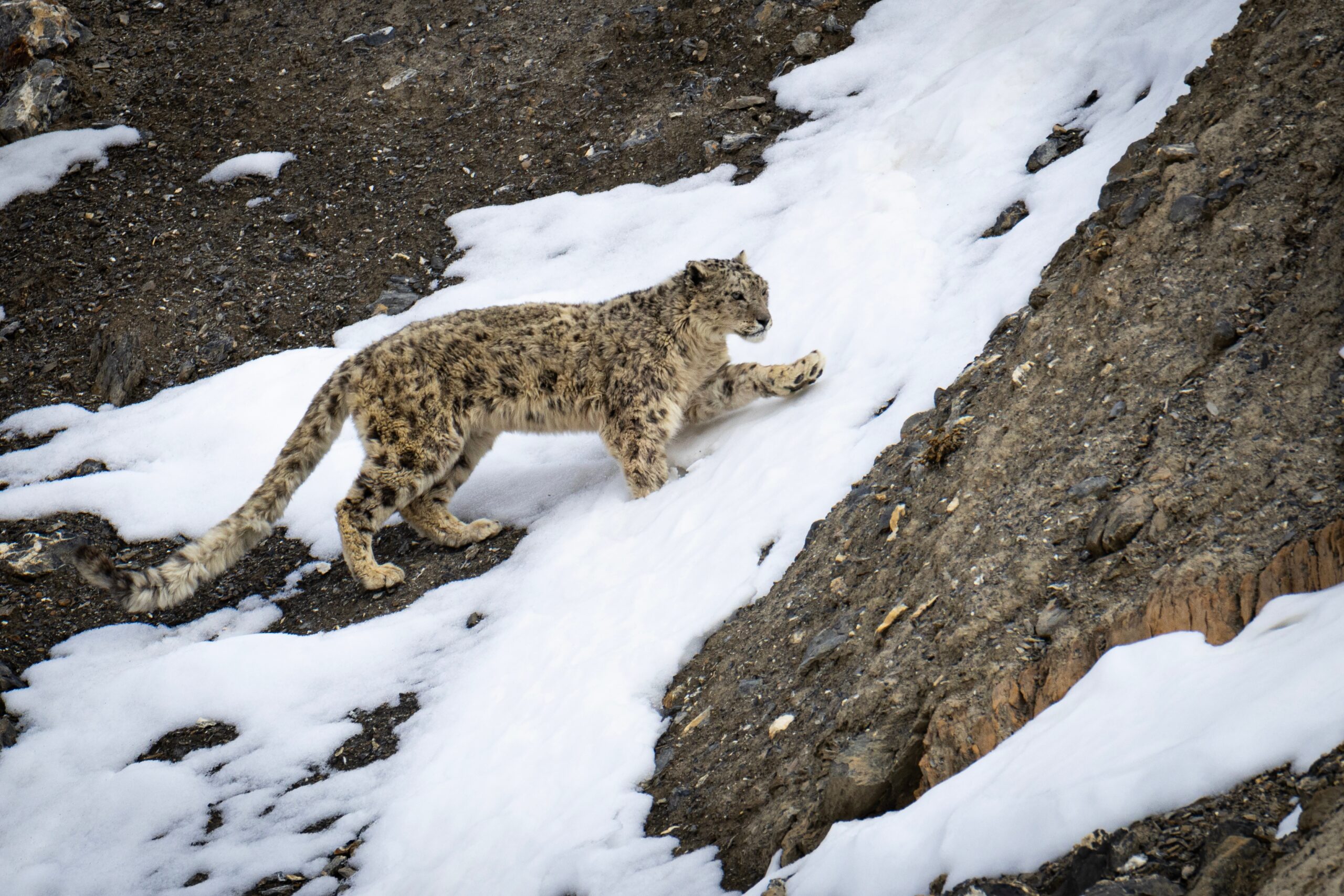
The Snow Leopard is a true ghost of the mountains. Found in the rugged terrain of the Himalayas, this big cat is incredibly elusive. Its thick, pale fur camouflages perfectly with the snowy landscape. It’s known for its powerful build and long tail, which helps it balance on steep slopes. Spotting one requires patience and luck, as it is one of the most secretive animals in the wild.
African Wild Dog in Botswana
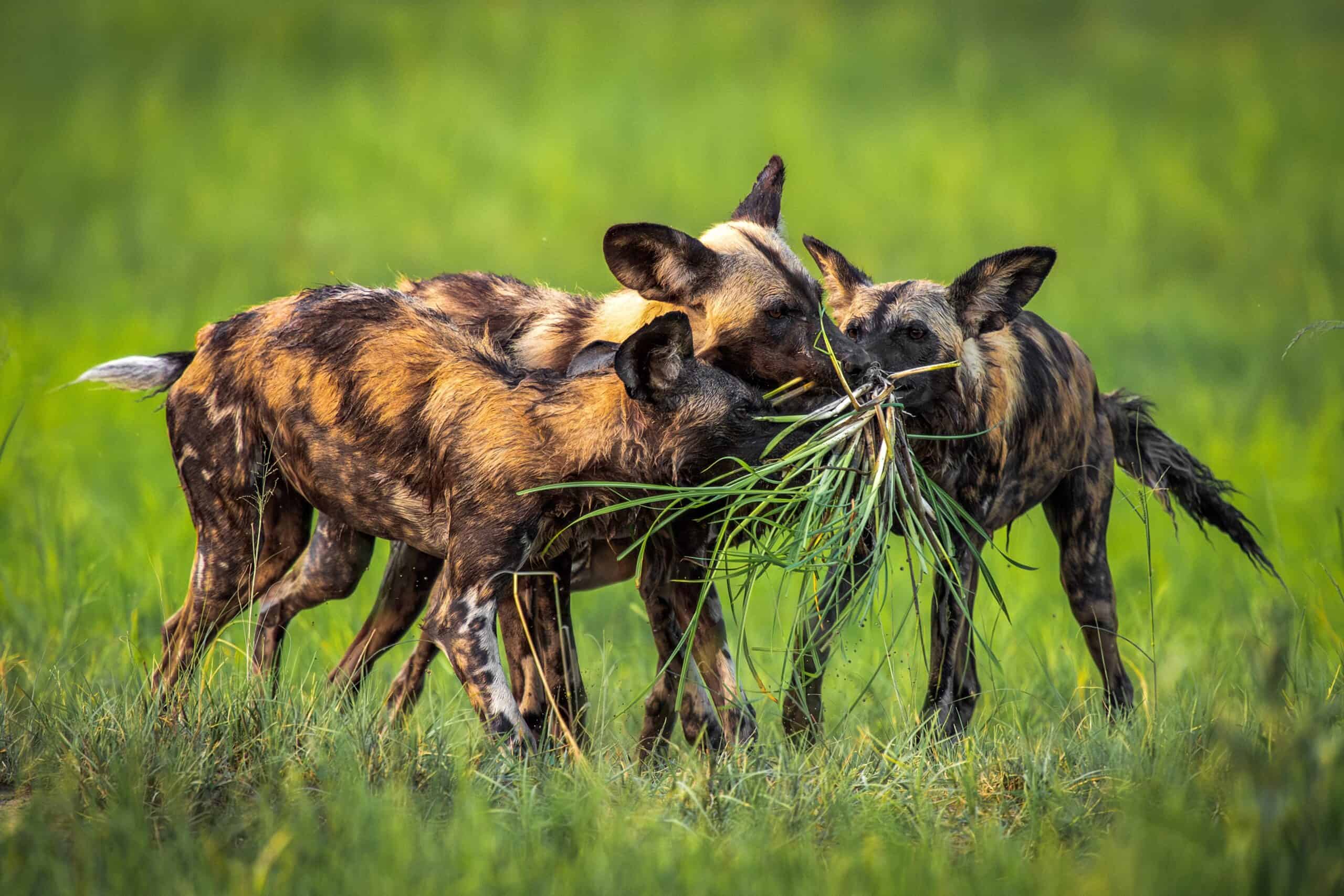
The African Wild Dog is a marvel of the African savanna. These pack animals are known for their incredible hunting skills and complex social structures. Each dog has a unique coat pattern of brown, black, and white. They are highly endangered, with only a few populations left in Botswana. Their large, rounded ears are not just for hearing; they also help in cooling. Photographers are drawn to their energetic and coordinated pack behavior.
Pygmy Elephant in Borneo
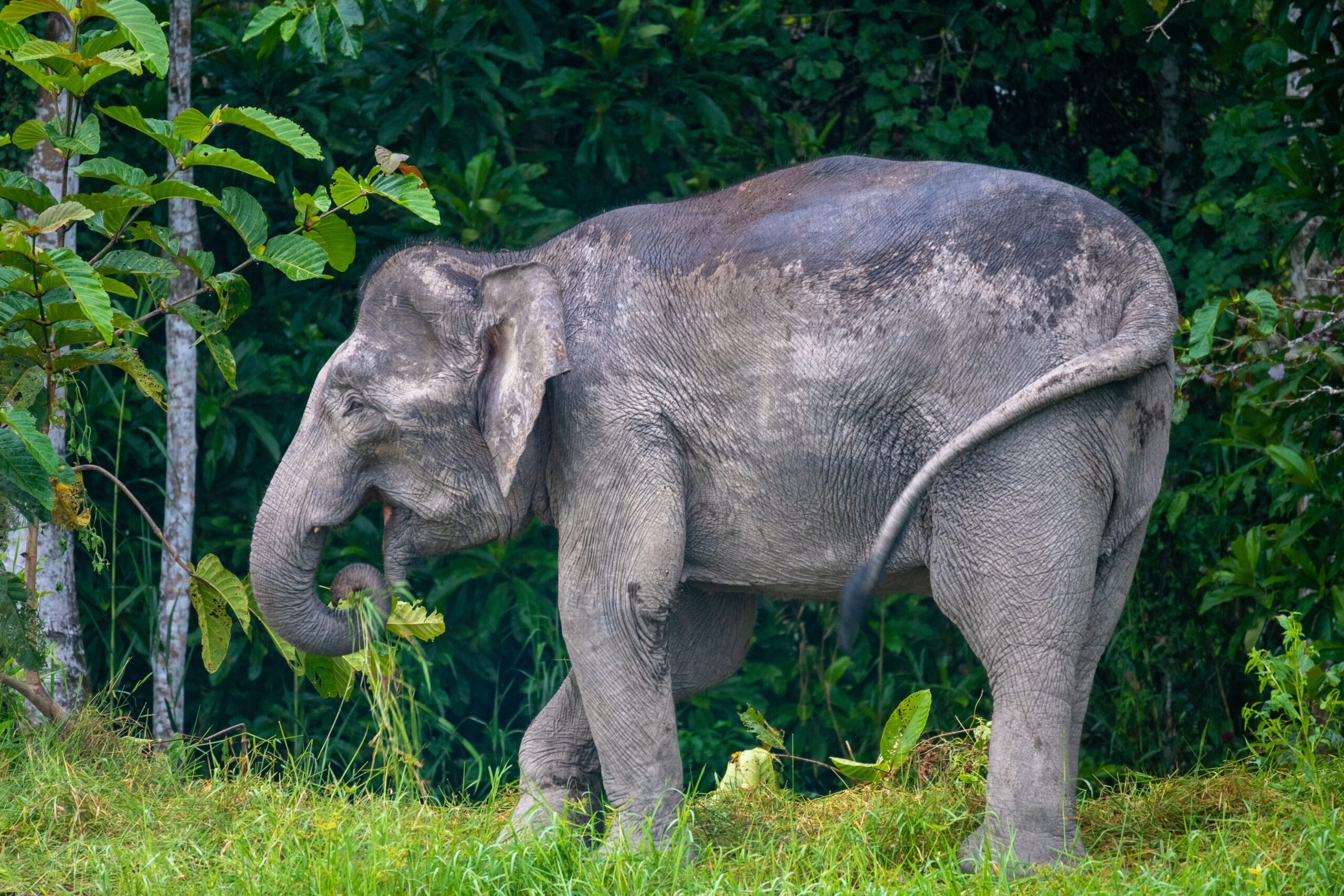
The Pygmy Elephant is the smallest elephant species, found only in Borneo. Unlike its larger relatives, it has a rounder face and shorter trunk. These elephants are more gentle and less aggressive, making them fascinating to observe. They inhabit the dense rainforests, often near water sources. Their numbers are dwindling due to habitat loss, adding to their rarity.
Iberian Lynx in Spain
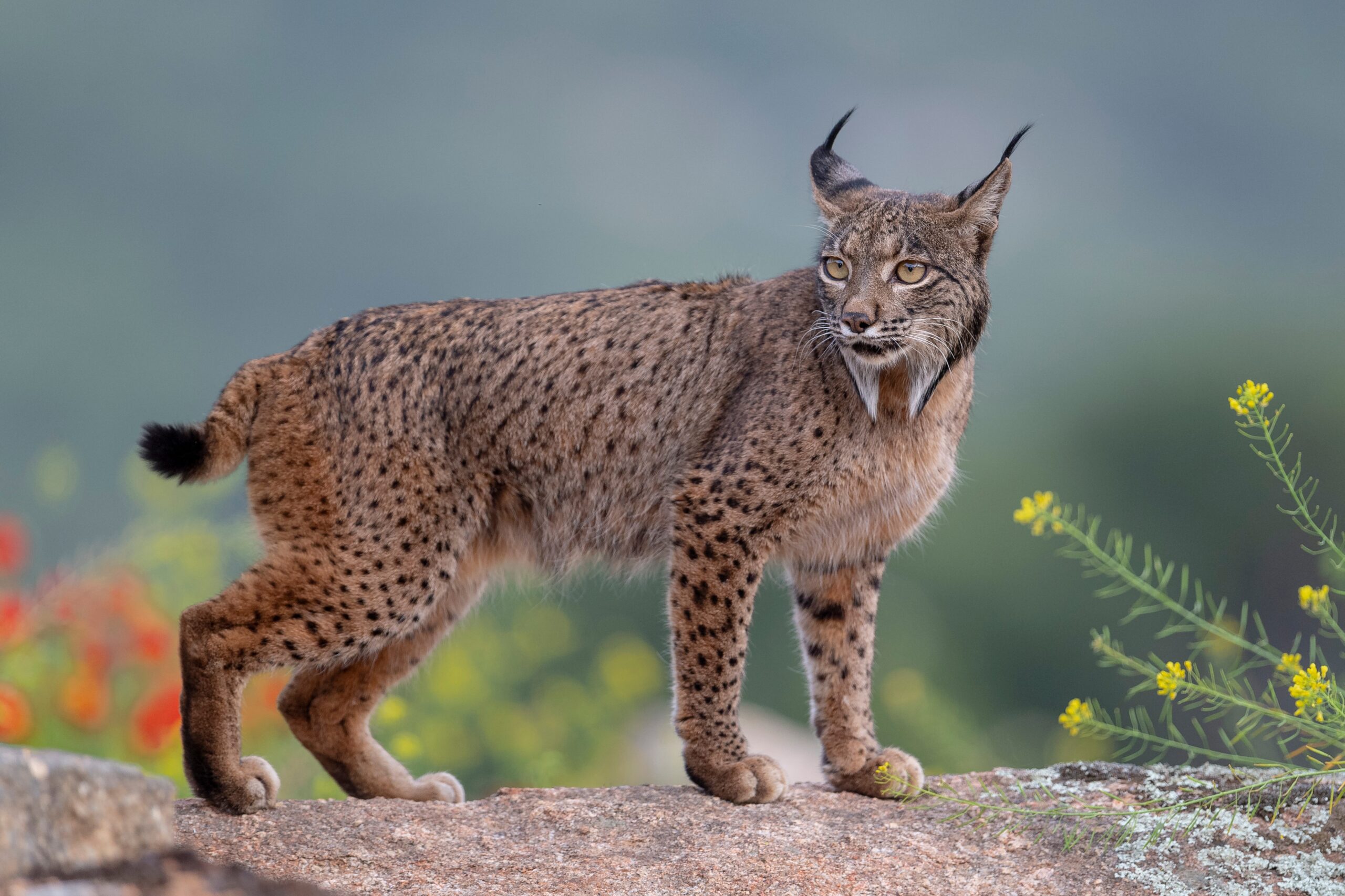
The Iberian Lynx is Europe’s most endangered feline. Native to Spain, it has distinctive tufted ears and a short, stubby tail. Its coat is spotted, providing excellent camouflage in its scrubland habitat. It primarily hunts rabbits, which are also in decline, threatening its survival. The lynx’s striking appearance and rarity make it a coveted subject for wildlife photographers.
Saiga Antelope in Kazakhstan
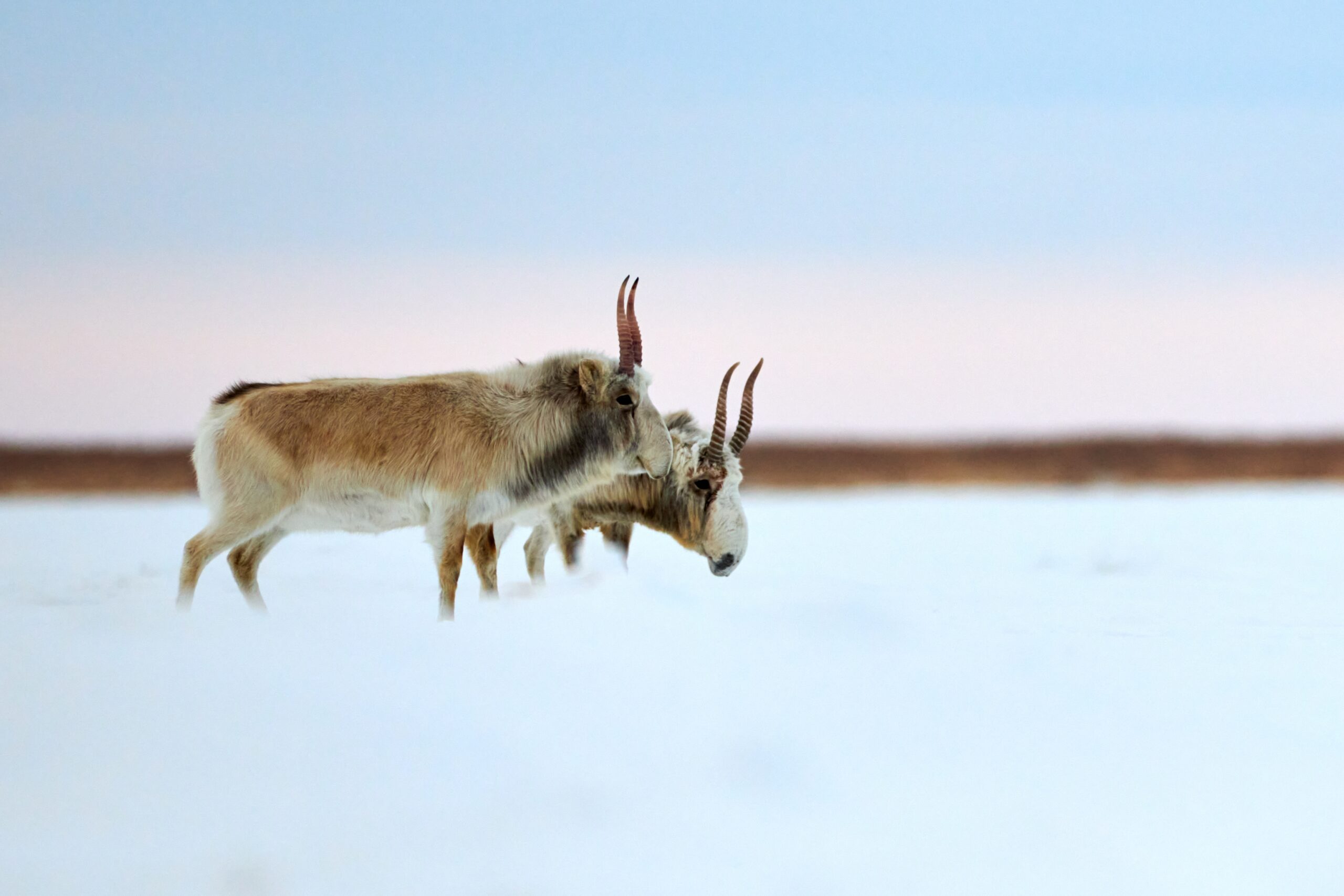
The Saiga Antelope is a unique and critically endangered species. Its most distinctive feature is its large, bulbous nose, which helps filter dust during migration. Found in the steppes of Kazakhstan, it has adapted to extreme climates. The antelope’s population has plummeted due to poaching and disease. Seeing one in the wild is both rare and remarkable.
Red Panda in the Eastern Himalayas
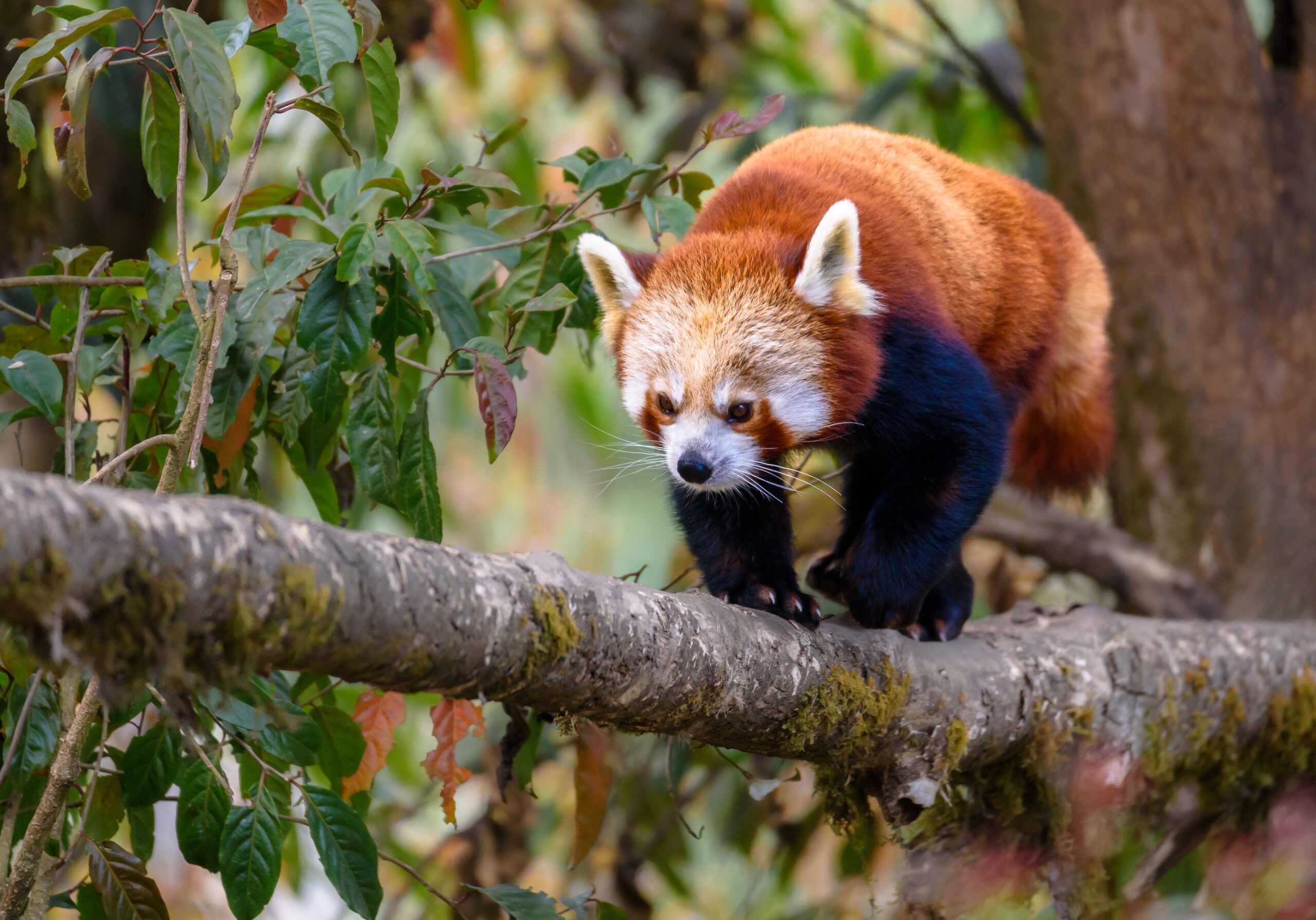
The Red Panda is a small, tree-dwelling mammal native to the Eastern Himalayas. It has a striking red-brown fur and a bushy tail with rings. Despite its name, it is more closely related to raccoons than pandas. Red Pandas are shy and nocturnal, spending most of their time in trees. Their playful behavior and endearing appearance make them a delightful subject to photograph.
Mountain Gorilla in Uganda

The Mountain Gorilla is one of the most powerful yet gentle primates. Found in Uganda’s Bwindi Impenetrable Forest, it is critically endangered. These gorillas live in tight-knit family groups, led by a dominant silverback male. Their thick, dark fur helps them survive in cold, mountainous regions. Observing them in the wild is an intense experience, offering a deep connection to our closest relatives.
Walia Ibex in Ethiopia
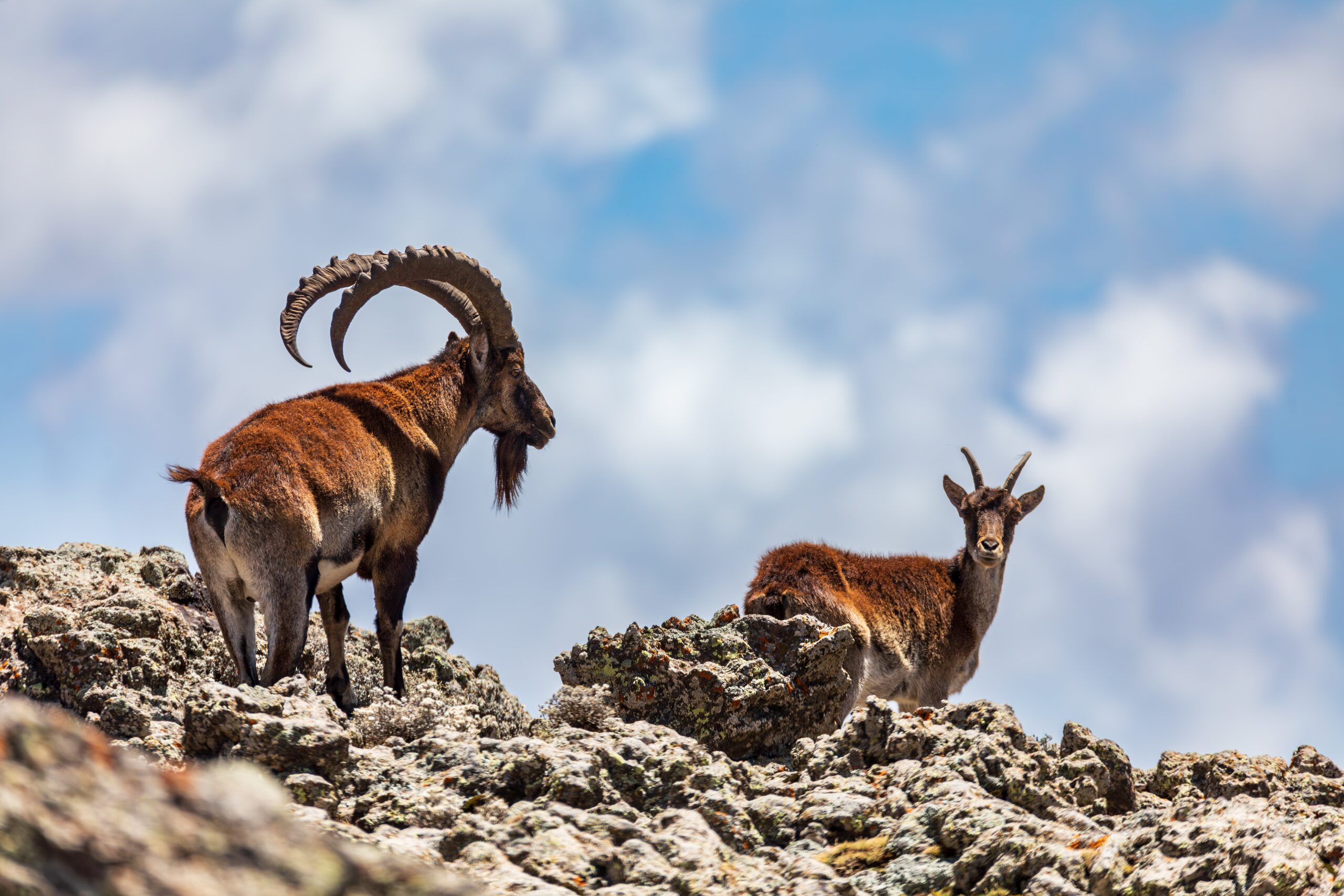
The Walia Ibex is a stunning, rare species found only in Ethiopia’s Simien Mountains. This wild goat is known for its impressive, backward-curving horns. The Walia Ibex navigates steep, rocky cliffs with ease, making it a challenging subject to capture. Its coat is a striking blend of dark brown and white, perfectly suited for its rugged habitat. The species is critically endangered, with only a few hundred individuals remaining in the wild.
Secretary Bird in the African Savannah
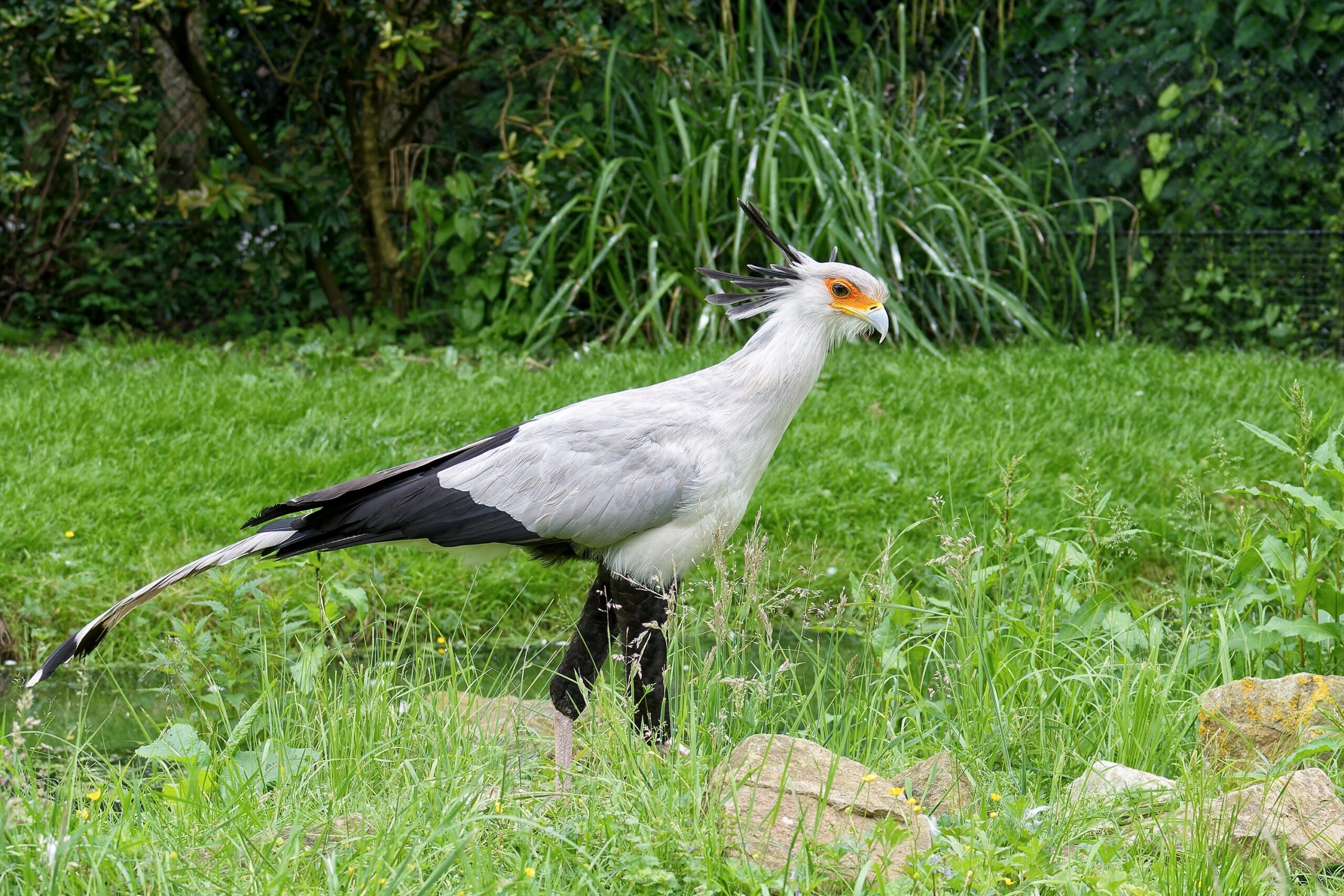
The Secretary Bird is a large, striking bird of prey found in the African Savannah. It is easily recognizable by its long legs and distinctive crest of feathers. Unlike other birds of prey, it hunts on the ground, using its powerful legs to stomp on its prey. The Secretary Bird’s impressive wingspan and graceful flight make it a captivating subject. Its unique hunting style and appearance have made it a favorite among wildlife photographers.
Red Uakari in the Amazon Rainforest
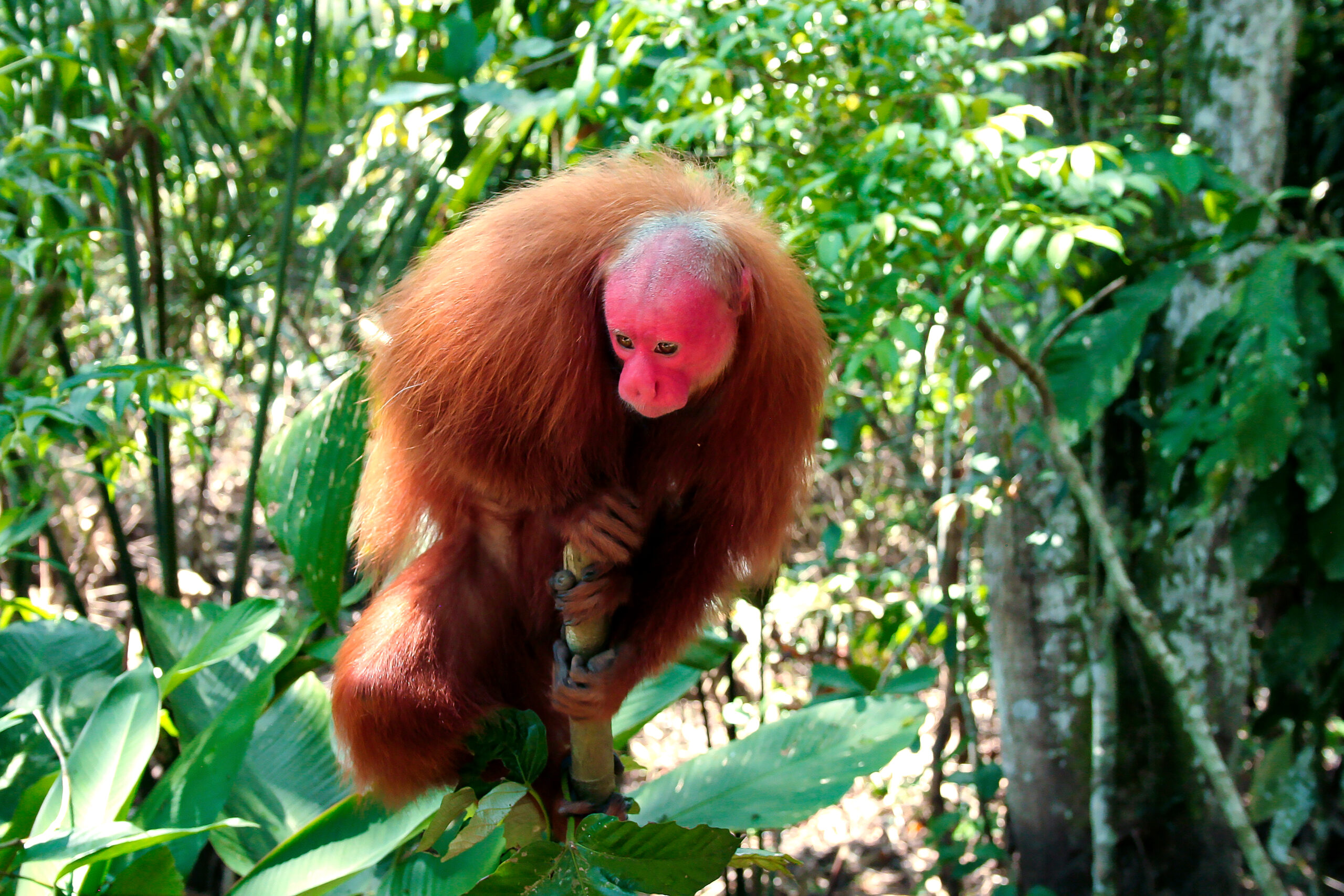
The Red Uakari is a unique primate found in the Amazon Rainforest. It is easily identified by its bright red face and bald head. The Red Uakari has a thick, reddish-brown coat and a short tail, unlike most monkeys. It lives in the treetops, feeding on fruits and seeds. The species is threatened by habitat loss, making sightings increasingly rare. Its striking appearance and unusual behavior make it a fascinating subject for photography.
Vaquita in the Gulf of California
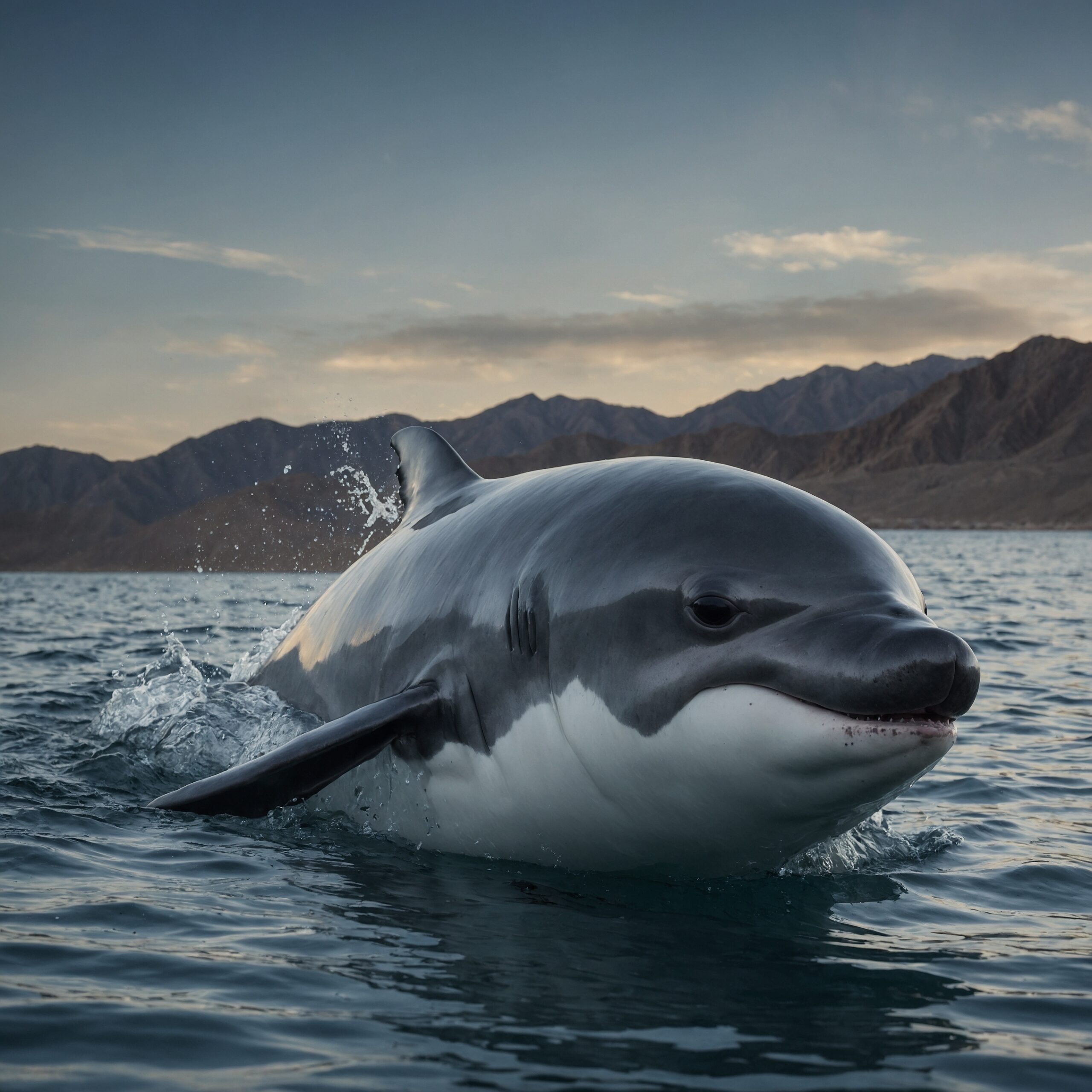
The Vaquita is the world’s most endangered marine mammal, found only in the Gulf of California. It’s a small porpoise with a distinctive black ring around its eyes and mouth. The Vaquita’s body is stocky with a grayish hue, and it measures about five feet long. Due to its critically low population, sightings are exceedingly rare. Conservation efforts are ongoing, but the Vaquita remains one of the most difficult marine animals to photograph.
Snowy Owl in the Arctic Tundra
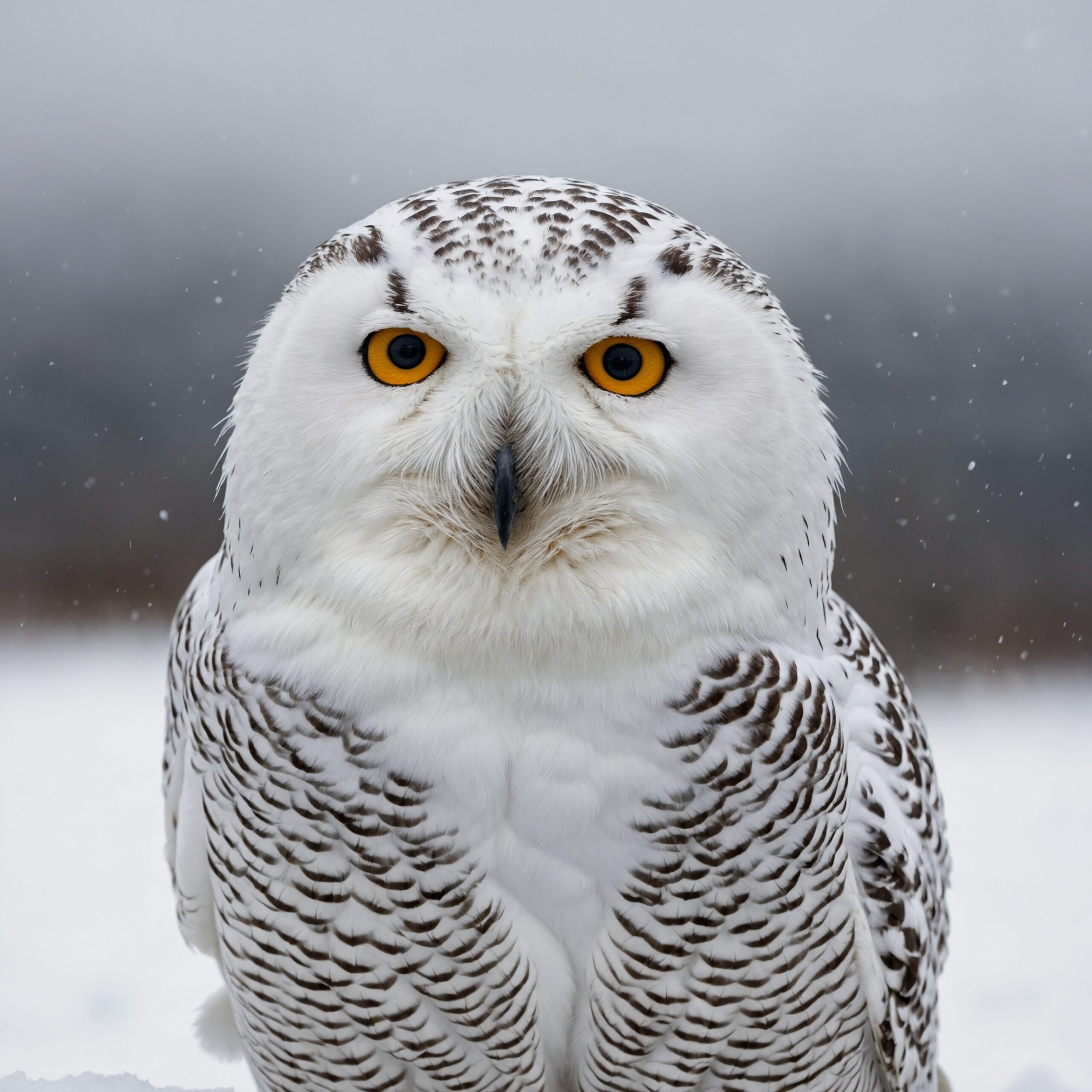
The Snowy Owl is a majestic bird of prey, native to the Arctic Tundra. It is easily recognized by its striking white plumage, which blends seamlessly with its snowy environment. This owl has bright yellow eyes that stand out against its pure white feathers. The Snowy Owl is a formidable hunter, often seen perched silently on the tundra. Its impressive wingspan and serene presence make it a prized subject for photographers in icy regions.
Amazonian Manatee in the Amazon Basin
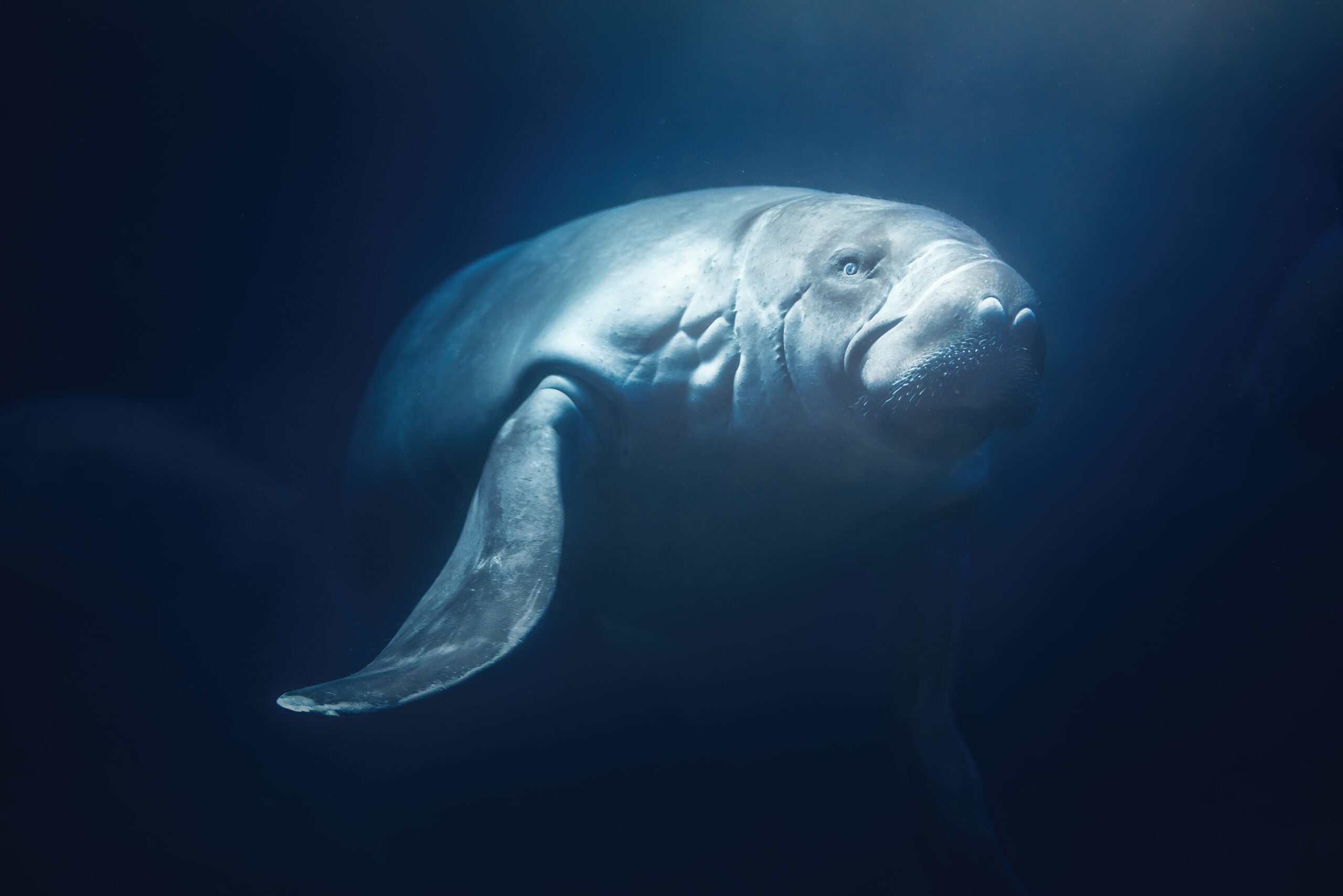
The Amazonian Manatee is a gentle giant of the Amazon Basin’s rivers and lakes. It has a rounded, barrel-shaped body covered in thick, grayish-brown skin. Unlike other manatees, this species has smooth skin without barnacles. The Amazonian Manatee is herbivorous, feeding on aquatic plants. Its slow, graceful movements make it a tranquil subject to photograph. Due to its reclusive nature, sightings are rare, adding to the allure of capturing it on camera.
Markhor in Pakistan
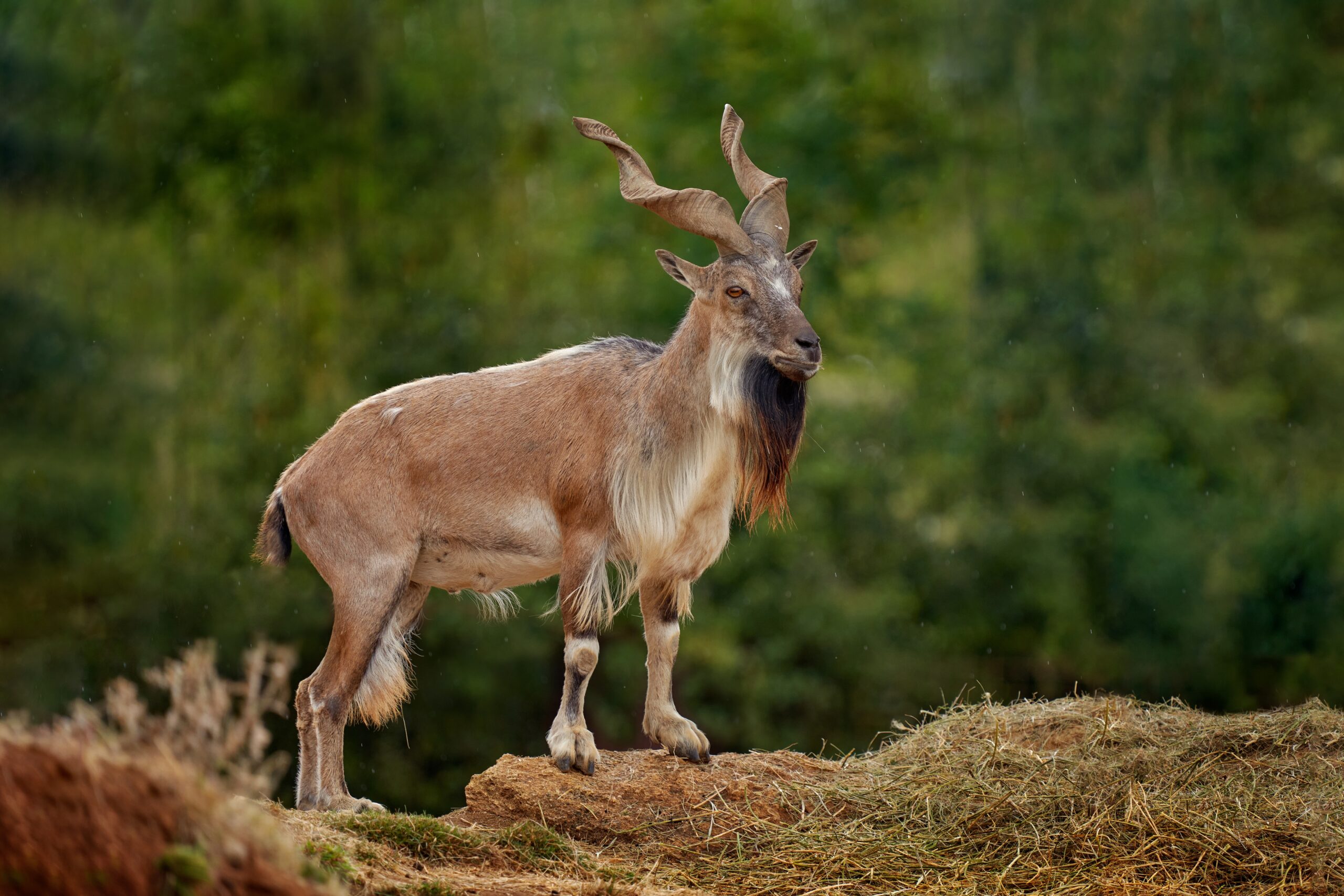
The Markhor is a wild goat native to the rugged mountains of Pakistan. It is known for its impressive, spiral-shaped horns that can grow up to five feet long. The Markhor’s coat varies from reddish-brown to gray, and it thickens in winter to withstand the cold. It is an agile climber, often found navigating steep, rocky terrain. The Markhor’s distinctive appearance and challenging habitat make it a highly sought-after subject for wildlife photographers.
Golden Snub-Nosed Monkey in China

The Golden Snub-Nosed Monkey is a rare and visually striking primate found in the mountainous forests of China. Its fur is a vivid golden-orange, and its face is a bright blue, giving it a unique and almost mythical appearance. These monkeys live in large social groups, often seen huddling together for warmth. They are arboreal, spending most of their time in the trees. The Golden Snub-Nosed Monkey’s vibrant colors and social behavior make it a captivating subject.
Bonobo in the Democratic Republic of the Congo
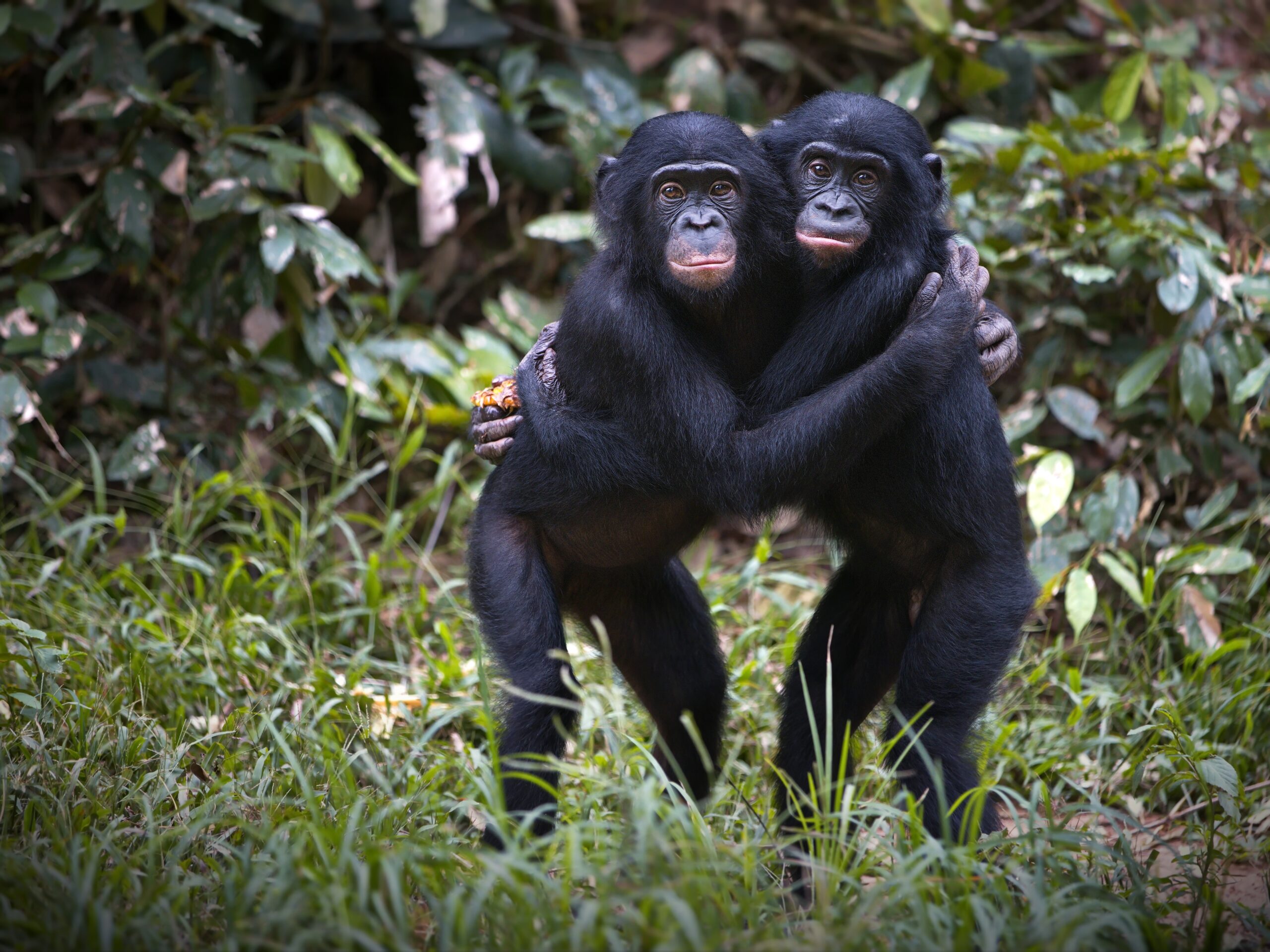
The Bonobo is one of our closest living relatives, sharing more than 98% of its DNA with humans. Found in the dense forests of the Democratic Republic of the Congo, the Bonobo is known for its peaceful and social nature. Unlike other great apes, Bonobos live in matriarchal societies where females lead. They have a slender build, dark fur, and expressive faces. Photographing Bonobos offers a unique glimpse into the social dynamics and emotional depth of these remarkable primates.
This article originally appeared on Rarest.org.
More from Rarest.org
17 Forgotten Literary Figures Who Shaped Modern Thought

History often remembers the loudest voices, but many significant thinkers have quietly shaped modern thought. Read More.
14 Legendary Animals from Myth and Folklore
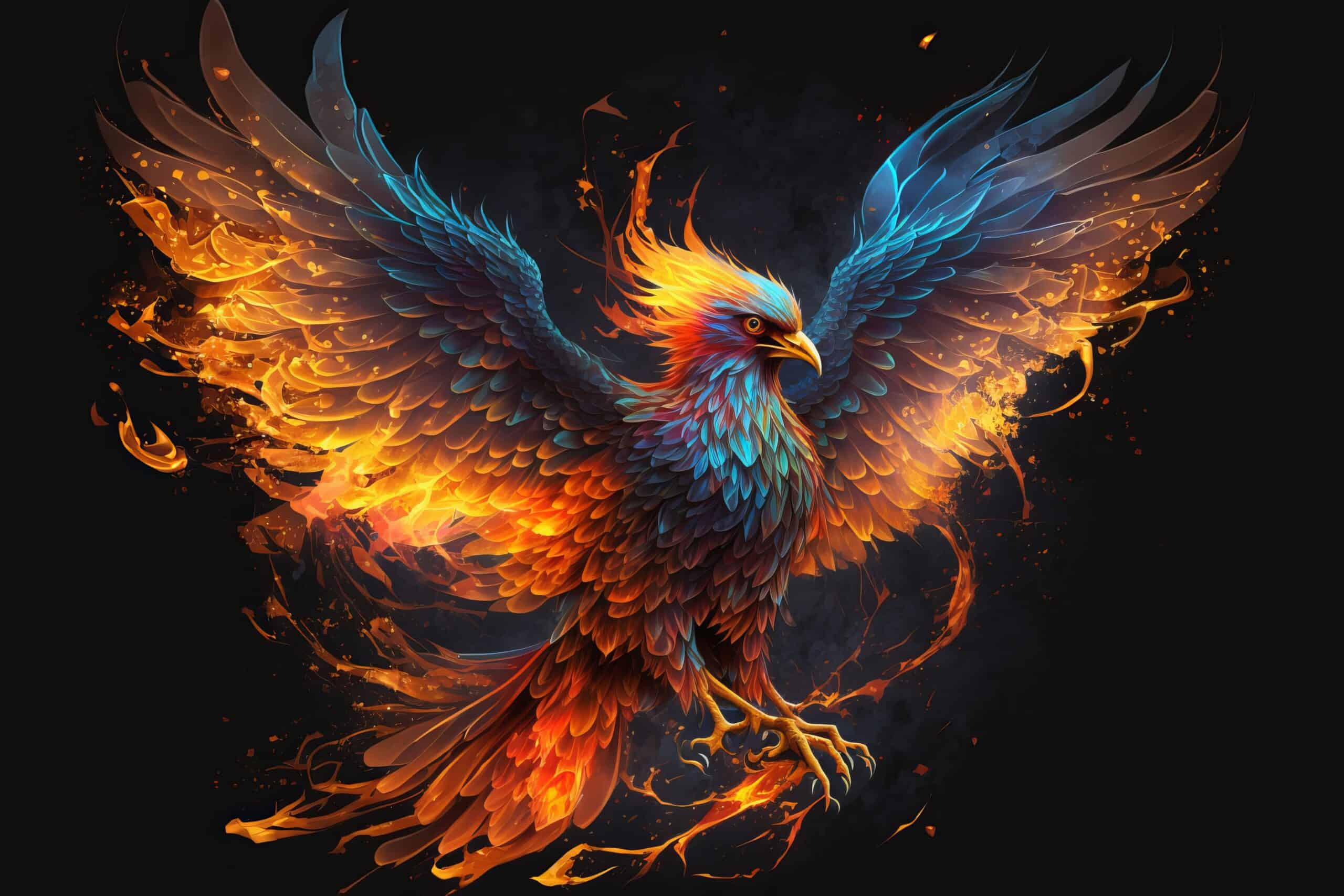
Legends and folklore have long captivated our imaginations with tales of extraordinary creatures. These legendary animals are more than just myths; they embody the fears, hopes, and wonders of ancient cultures. Read More.
8 Ancient Shipwrecks with Mysterious Cargo
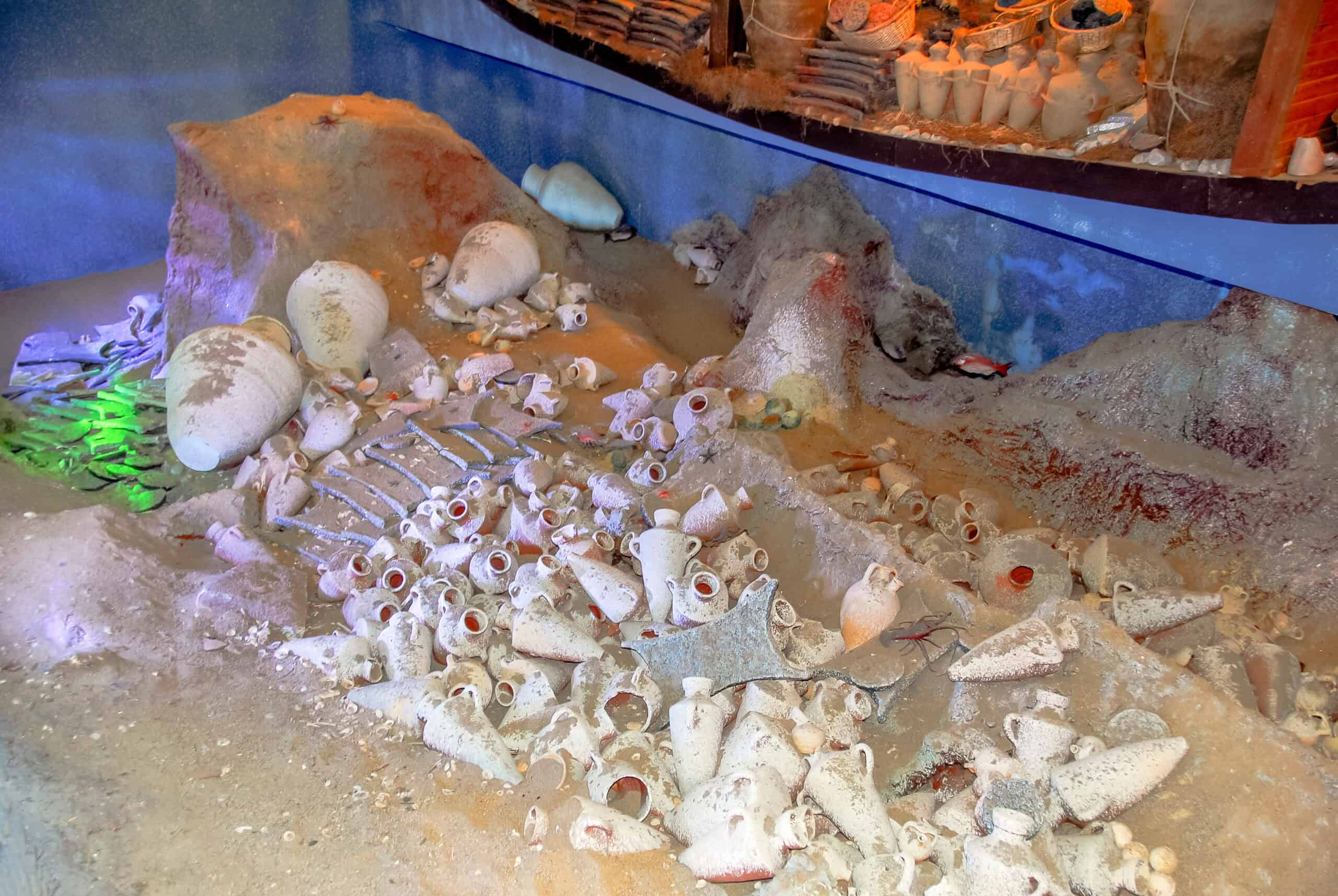
The ocean’s depths hide countless secrets, with ancient shipwrecks telling tales of long-lost voyages. Read More.
